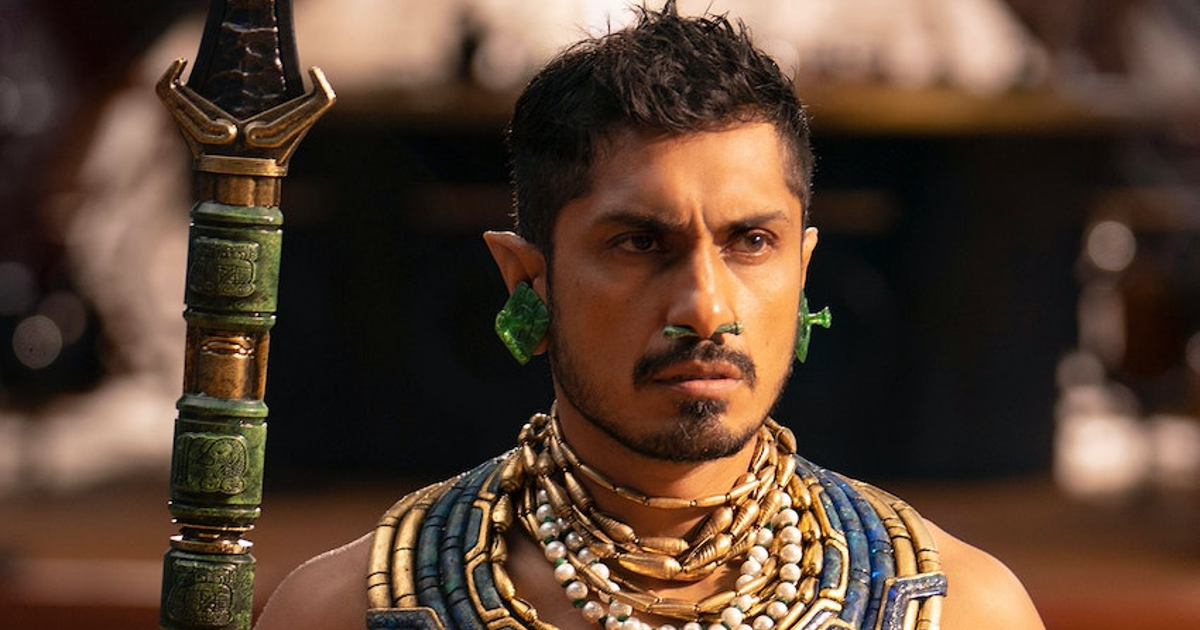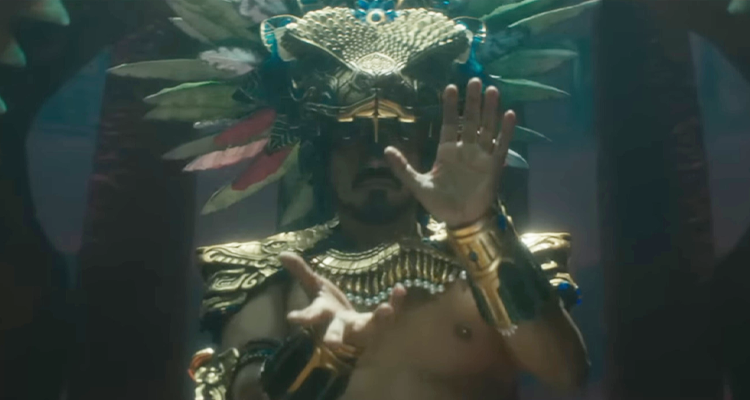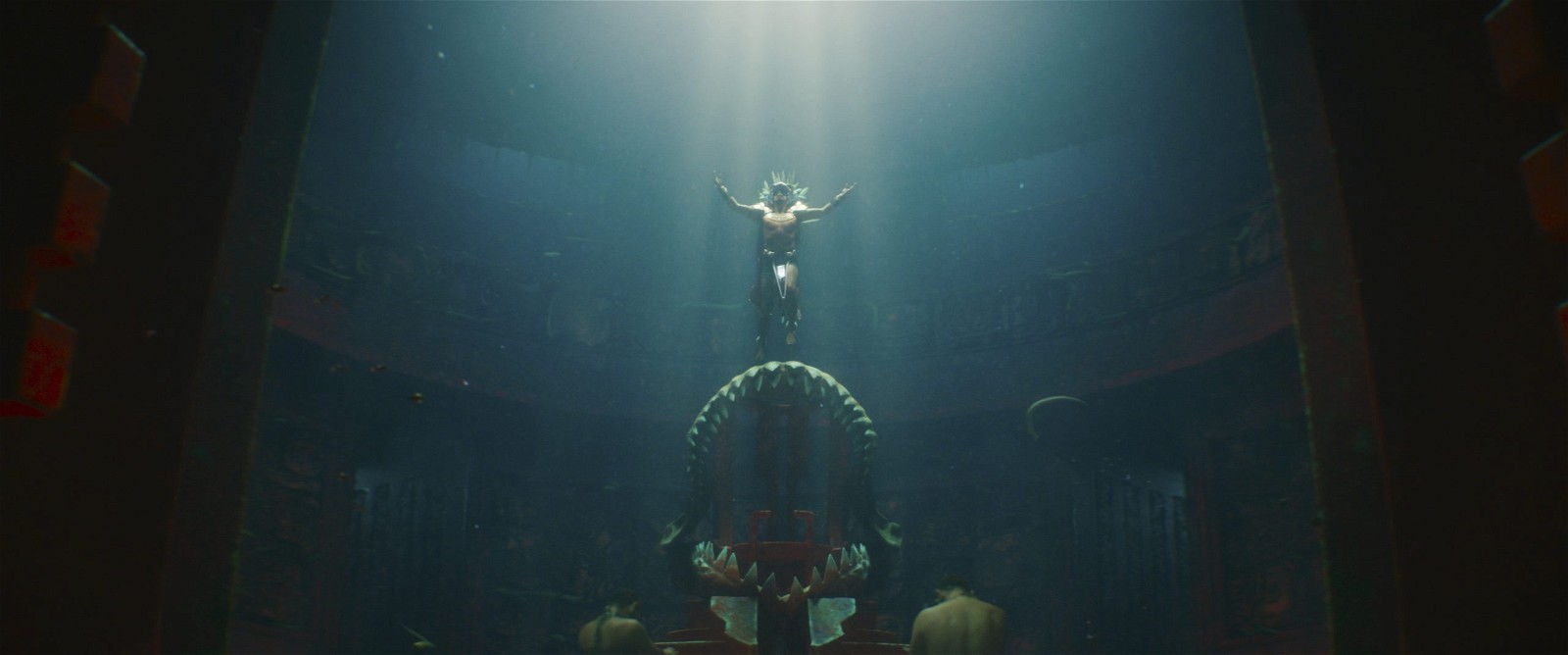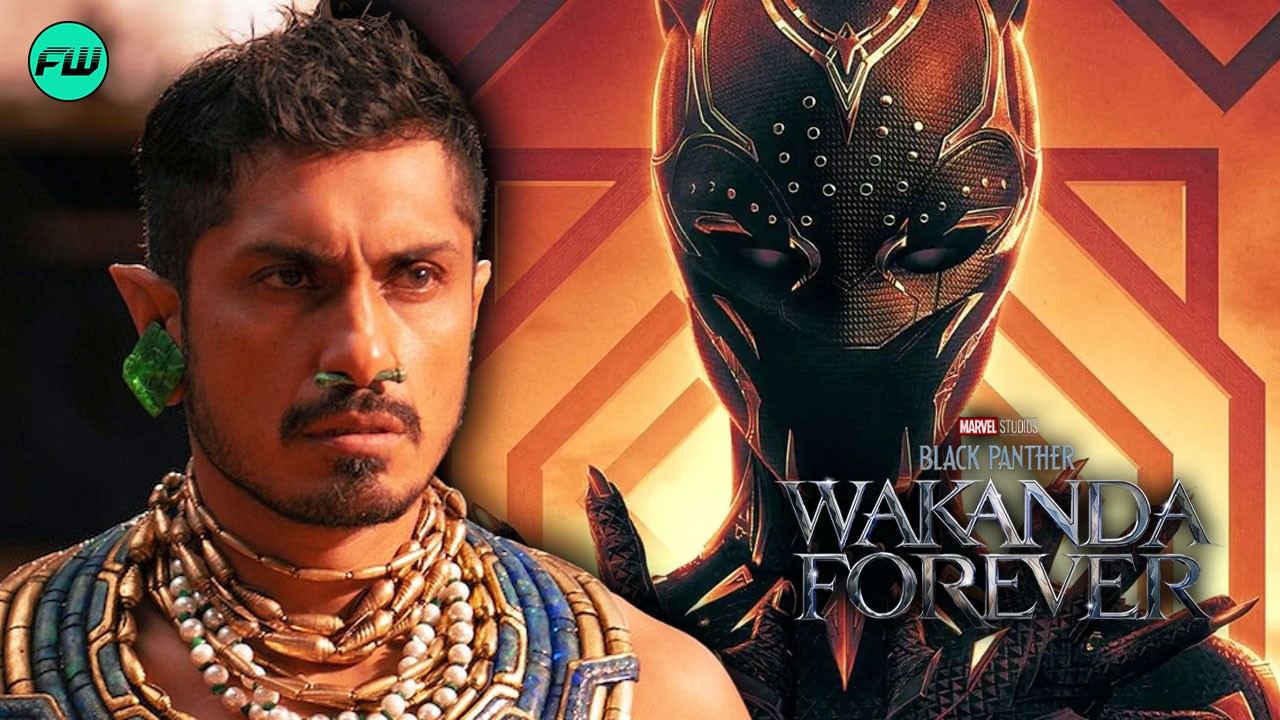Ryan Coogler has introduced an entirely new kingdom and that too an underwater one, at that, in Black Panther: Wakanda Forever which is named Talokan, with Tenoch Huerta’s character, Namor the Sub-Mariner at the helm of it. And just the way Black Panther has its own Wakanda Forever symbolism, the underwater kingdom of Talokan also bears its very own hand gesture as well as a war cry.

But what does the unique hand symbol represent? Not only does the Talokan gesture represent a cultural significance that is limited to the universe inside of the film, but it also happens to have a striking historical origin. And the reference is a highly intriguing one with minute details about such aspects woven intricately into a collective depiction of the Talokan culture. This further proves just how serious Ryan Coogler along with the star cast of the film were about their work.
The “Rise, Talokan!” wasn’t a part of Wakanda Forever‘s original script
The iconic Talokan war cry “¡Líik’ik Talokan!” which translates to “Rise, Talokan!” in English, is accompanied by a simple yet bold hand symbol, and while the gesture holds a historical relevance, initially, the former was surprisingly enough not a part of the original script.
When asked about the “Rise, Talokan!” scene in the film in an interview a week or so ago, the cast members of Wakanda Forever including Alex Livinalli and Mabel Cadena explained how that wasn’t in the movie’s original script, and was instead the idea of the Latino cast to introduce it in the sequel with the belief that the Talokans should have some symbolism unique only to them.

“That was not part of the original script. It was a consensus thing, that we were like…the Black Panther, you know they have Wakanda Forever, and it’s so powerful. And we’re like, we’re very similar to the Wakandans, you know. We need something. So, after a conversation with a language instructor, we came up with ‘Talokan, Rises!'”
What’s more, is that besides the cast wanting a distinctive symbol that embodied the Talokan culture, the hand symbol followed by the Talokan war cry actually has a very specific historical origin as well.
The historical significance behind the Talokan hand symbol
The Talokan hand symbol is represented by holding out both palms in the air, with the left palm facing in an upward direction and the right one held flat underneath it, thereby mimicking the mouth of a serpent. But did you know this simple gesture holds a rather strong historical meaning?
As pointed out by the Twitter user, Aztec Empire, this hand gesture seen in the Black Panther sequel is actually based on one that is witnessed in various Mesoamerican codices.

The Plumed Serpent God is one that is commonly seen to be worshipped in various Mesoamerican cultures and the same deity is also looked upon as a divine presence in the Talokan kingdom in Wakanda Forever. So, the underwater kingdom that is run by Tenoch Huerta‘s Namor in the film represents various such factions of Mesoamerican societies with the city itself drawing considerable inspiration from the mythical Aztec society of Tlālōcān.
The movie has really focused on the smallest of such details and created something extremely unique, diverse, and culturally prolific, thereby making Wakanda Forever all the more interesting.
Black Panther: Wakanda Forever is now out in theatres!
Source: Twitter

